What Is The Best Size Rod For Bass Fishing? Here’s How to Choose
What’s more important than your arsenal when it comes to a battle with bass? Absolutely nothing. Bass fishing can easily turn into a battle that you can’t win if you don’t have the right size of the rod, which is why we will get into it.
What is the best size rod for bass fishing? The best size rod for bass fishing is a lightweight 7 ½ foot graphite rod with a stiff backbone and a medium-fast tip because it’s easier to pitch the baits. The recommended sizes fall in the range of 7-to-8 feet long.
Keep reading to know more about the rod selection guide, or if you want the jest, you can check my picks for the best bass fishing rods here.
Table of Contents
Bass Fishing Rod Selection Guide

Choosing the right rod for bass fishing can be overwhelming, given how important it is to successfully land a bass. Picking the right rod can also be confusing due to its various types: fiberglass or graphite, fast or slow, heavy or light.
The selection depends on what fish you’re targeting and which lure you’ll be using. Since we are after bass, which can be attracted with jerkbait, crankbait, spinnerbait, and topwater lures, graphite rods are your best bet.
Graphite rods offer a lighter alternative to their fiberglass counterparts. These are deservedly popular fishing rods, and their sensitivity comes in handy.
Their lightweight allows you to cast continuously without draining your energy. Sensitivity is also essential to get a glimpse of what’s happening underwater. When using a spinnerbait, many times bass will bump the blades prior to striking so you have to feel it to be ready.
Fiberglass rods can also work. They have a high modulus, resulting in them being stiffer and faster. Note that they will also be more brittle, much like the difference between Plexiglas and glass.
A 7-foot rod is good for distance and for casting larger baits. Also, it works for almost every bait you can use to get bass. Using 6-foot rods is indeed better with smaller bait like worms and jigs but even with them, you can use a 7-foot one to be able to cast deeper into water.
Remember that “you get what you pay for” so don’t think buying a cheap rod will still get the job done as good as the overpriced one you’re trying to avoid. When it comes to fishing for bass you need good quality because the strike you miss hurts more than the amount of money you pay.
Best Rod Action For Bass Fishing
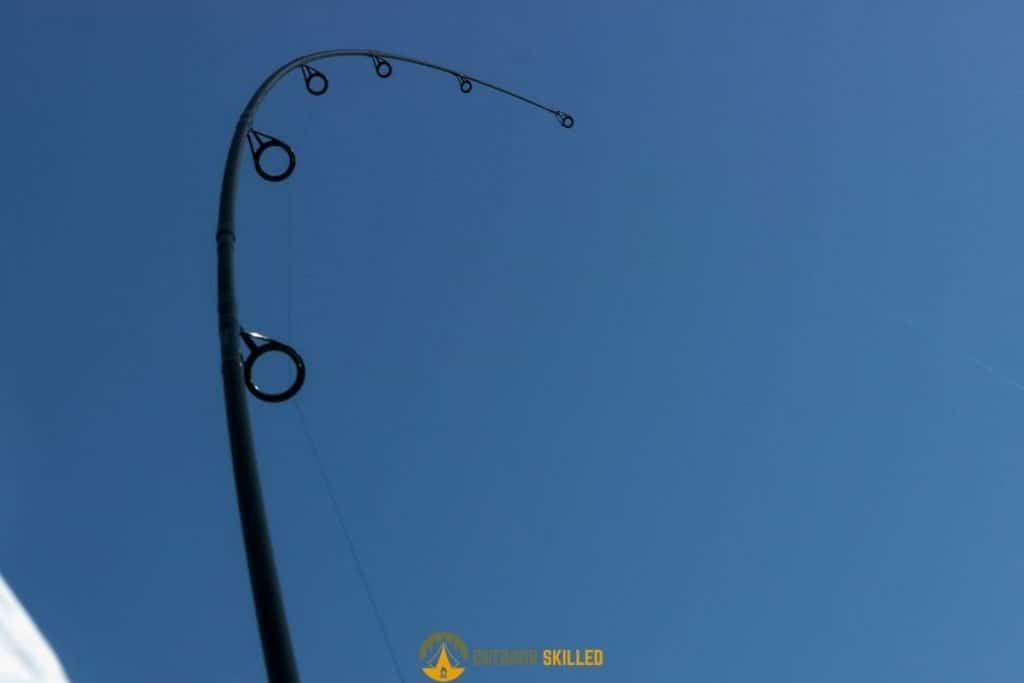
The action describes how easily and how far from the tip a rod will bend. The terms to rate these actions can be broken down into three categories: light, medium, or heavy (extra fast). These variations describe how quickly the rod stops bending and transfers power to the blank of the rod:
- An extra fast (or heavy) action rod: bends 3 to 4 inches (7.6 to 10 cm).
- A medium-fast (or light action): bends nearly a ⅓ of the way down the rod blank.
The action of the rod balances its power for casting and fighting bass. The movement of the rod affects how it casts, how responsive the tip is, and how quickly it moves the hook set to the bait at the end of the line.
A smaller, slower action is best suited to casting lighter baits, while a heavy, quicker action is better suited to casting heavier baits. The action is also helpful when fighting a hooked bass.
Where you’re fishing is also an element to consider. For example, fishing bass in weeds and cover will require a stronger power rod using a heavier fishing line and bait where on open water a lighter line and lower rod power rating will be better.
Bait choice should be considered as well. When fishing with crankbaits with treble hooks, an angler needs a variation of medium power and action rod. This lighter action will flex more, which allows for better hookups when a fish strikes and prevents a fish from pulling loose after it’s hooked.
While a medium/heavy rod with a fast action provides a great balance for most spinnerbaits up to ½ an ounce. When fishing baits greater than ½ an ounce, an extra fast action will provide better casting.
How Do You Pick The Right Size Fishing Rod?
Picking the right size for the fishing rod is sure confusing, especially if you’re doing it for the first time. Rods range anywhere from 4-to-14 feet, so how to choose the right one?
Shorter rods are ideal for fishing in close combat where a long cast is not needed. It gives a lot more control with accurate casting. The shorter body often makes less bend and stretch when you are fighting a fish, so anglers who hunt big fish are huge fans of them.
As an example, You’re fishing from a kayak off an underwater structure. You don’t need to cast too much in this case. What you do want is a lightweight short rod. This is where a 5-to-7-foot rod comes into being.
A longer 8+ foot rod, on the other hand, can be a lifesaver whether you’re wading or tossing topwater walking lures. Longer rods are used to cover more water and cast further. They’re excellent for power fishing reaction baits such as walking baits and deep diving crankbaits.
Saltwater anglers who cast from piers or the surf normally use longer rods. Bass anglers would need a longer rod to cast walking baits or something else that would cover a lot of water easily. Beginners are not advised to use long rods as they’re a little harder to maneuver.
7 Best Bass Rods Recommendations

Here’s a list of the best bass rods in terms of length, action, power, and sensitivity. You’ll have the most fun with these as well as successful strikes from bass. Take a look:
- St. Croix Mojo Bass Glass Casting Rod
- Abu Garcia IKE Signature Casting Rod
- Ugly Stik GX2 Casting Rod: a 7ft, medium-weight version
- Abu Garcia Veracity Casting Rod
- Duckett Micro Magic Pro Spinning Rod
- Berkley Cherrywood HD Casting Rod
- Shimano Stimula Spinning Rod
Related Questions
What Does Rod Power Mean?
Rod power is a description of a rod’s resistance to bending when subjected to a given amount of weight. Power typically refers to the stiffness or resistance to bending of a rod and is commonly described in terms such as ultra-light, light, medium, and so on.
When Is Medium Action Rods Best?
Medium and medium-fast rods are best when you’re casting distance and still want adequate hook setting power. These acts are often used for treble hook applications such as crankbaits and topwater lures, as well as other reaction baits such as spinnerbaits.
What’s The Difference Between Fiberglass Rods And Graphite Rods?
The difference between fiberglass rods and graphite rods is that fiberglass rods are better to handle bigger fish though are less sensitive than the graphite ones. Graphite rods can detect ultra-sensitive bites but are stiffer than fiberglass ones.
Helpful Resources
Big Book of Bass: Strategies for Catching Largemouth and Smallmouth – ( you can also check it on Amazon here)

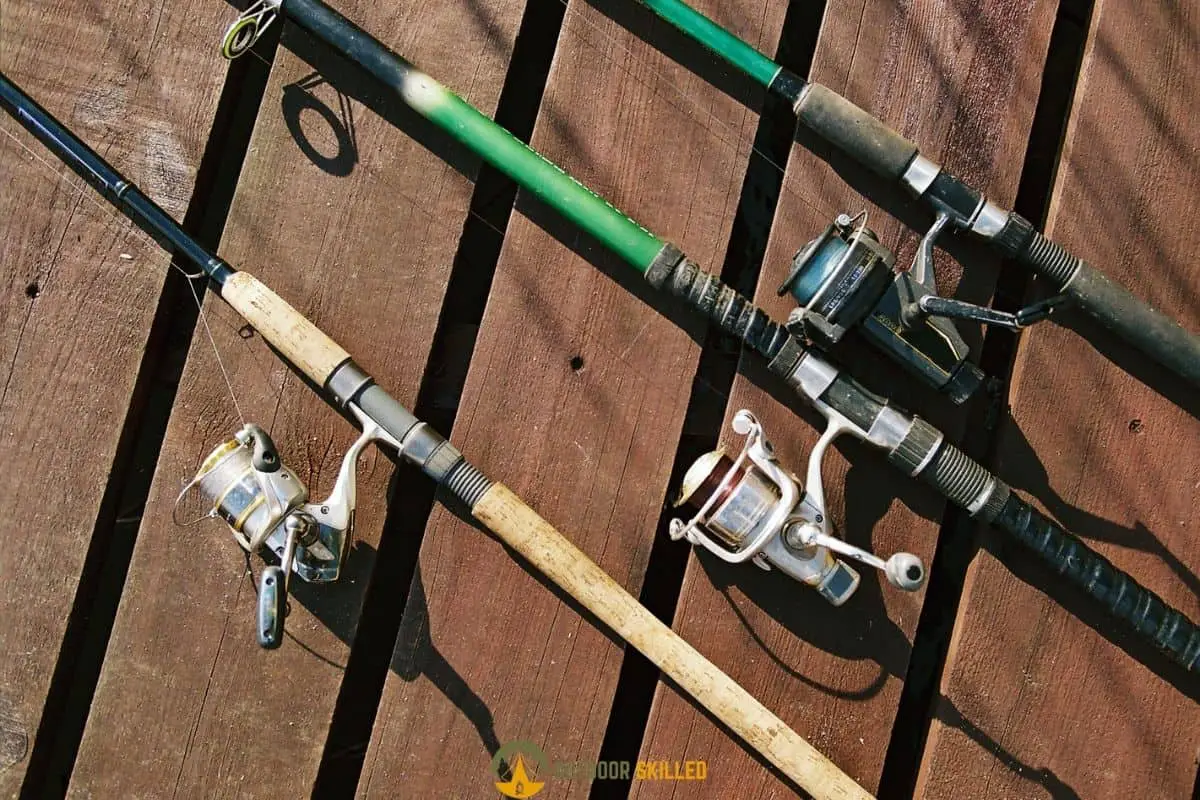
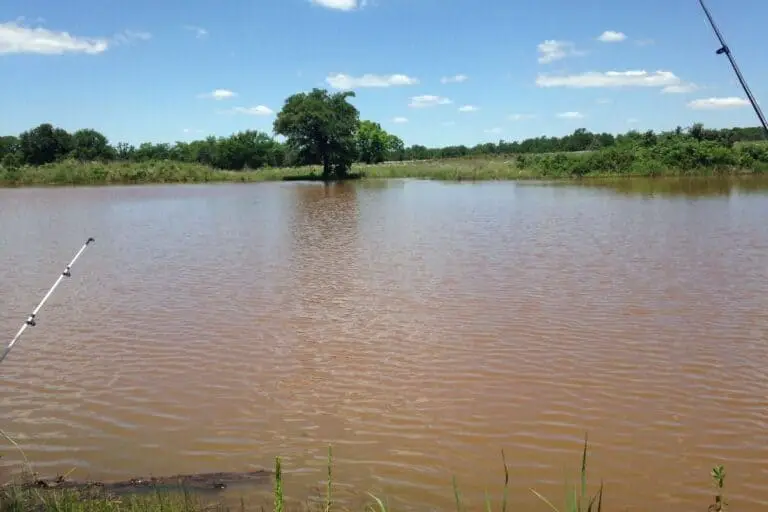

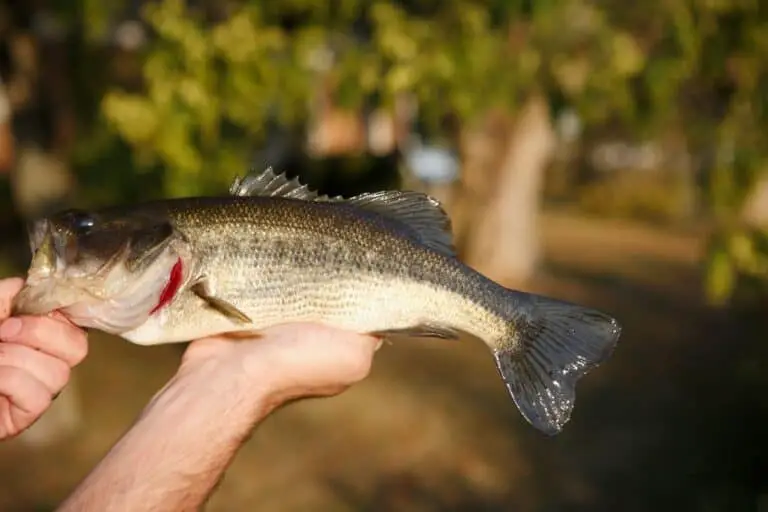
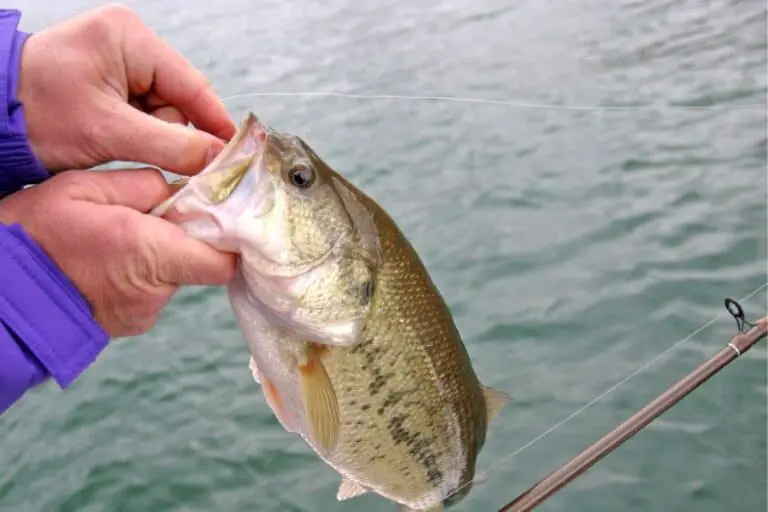
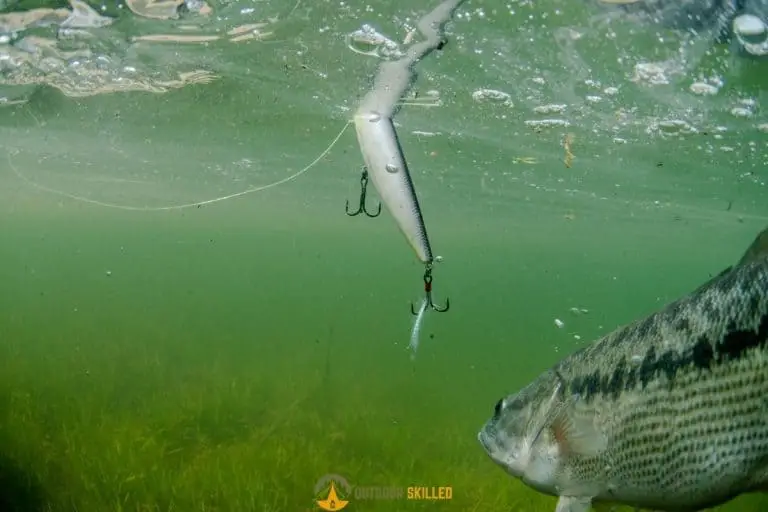
![Why Do Bass Have Red Lips? [Explained Simply]](https://outdoorskilled.com/wp-content/uploads/2022/06/bass-fish-2-768x512.jpg)
